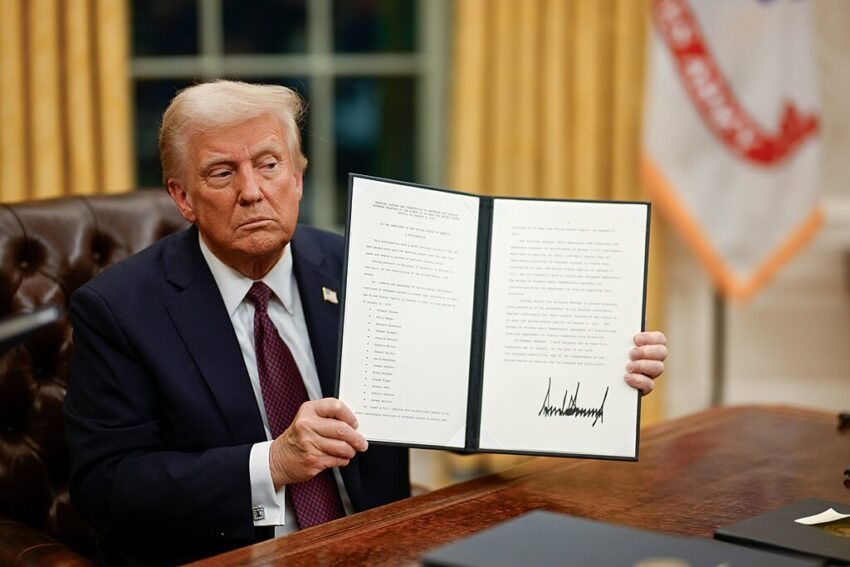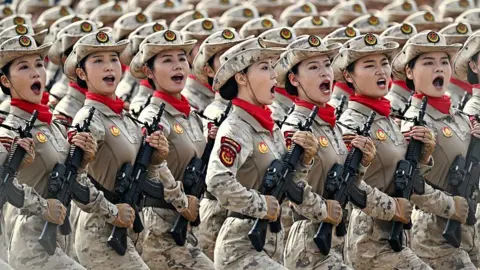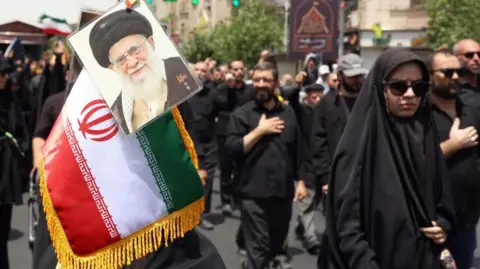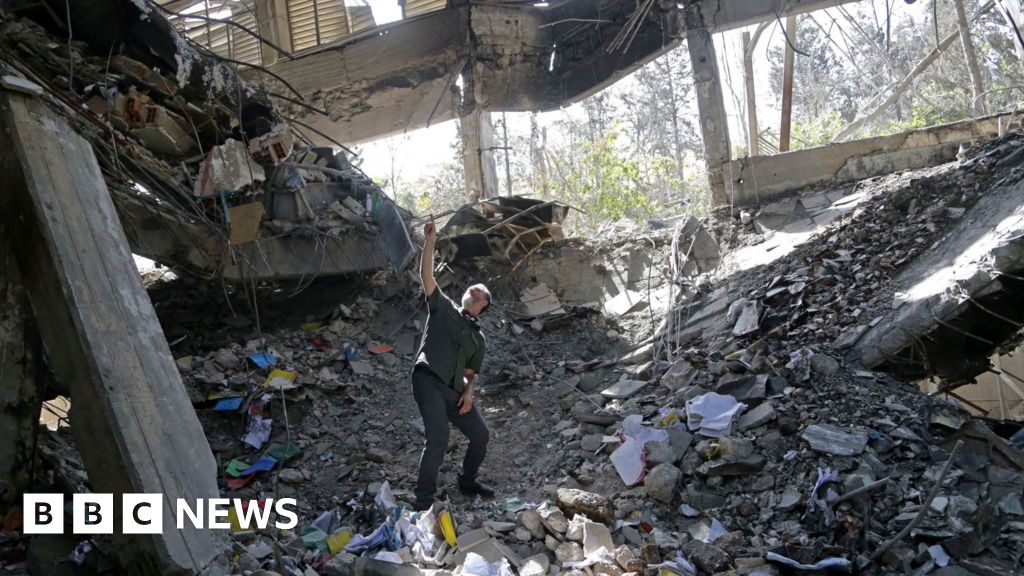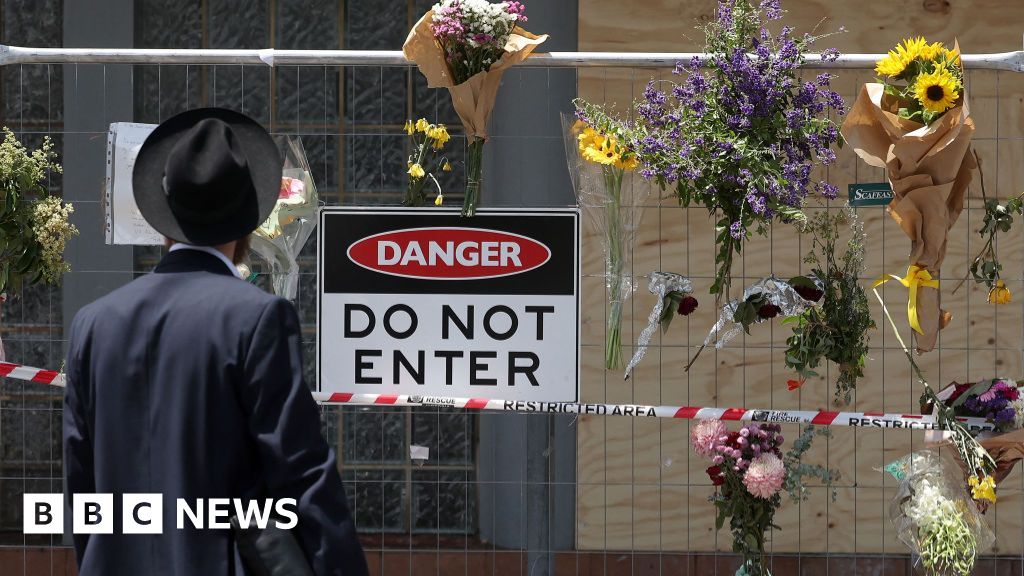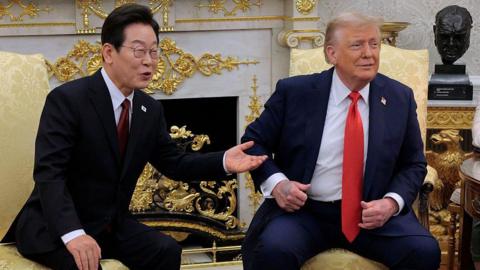As discussions intensify regarding a potential U.S. military strike on Iran's fortified nuclear facilities, experts and analysts emphasize the myriad risks associated with such an operation. The American B-2 stealth bombers are uniquely equipped to carry the massive bunker-buster bombs capable of penetrating deep underground, where Iran’s key nuclear operations are located, specifically at the Fordo site.
Since the discovery of Fordo in late 2009, American military and diplomatic strategies have evolved significantly, notably under the previous administrations' tensions with Iran. The idea of a strategic airstrike may appear methodical and clean, but the historical parallels of past military interventions, such as in Iraq and Afghanistan, caution against underestimating the unpredictable outcomes of such a decision.
On a recent declaration, President Trump maintained a stance of uncertainty regarding any imminent military action, ultimately describing the situation with a hint of unpredictability: “I may do it, I may not do it. I mean, nobody knows what I’m going to do,” he remarked on the White House lawn. This shift from a more aggressive narrative suggests a growing awareness of the challenges that any military action against Iran could entail.
With every potential operation meticulously debated by military and geopolitical analysts alike, the question remains: can the U.S. sustain another military endeavor in the Middle East without facing similar dilemmas as before? The implications, whether direct or collateral, could resonate for years, reverberating through domestic and international landscapes. The conversation continues to unfold as the world watches closely.
Since the discovery of Fordo in late 2009, American military and diplomatic strategies have evolved significantly, notably under the previous administrations' tensions with Iran. The idea of a strategic airstrike may appear methodical and clean, but the historical parallels of past military interventions, such as in Iraq and Afghanistan, caution against underestimating the unpredictable outcomes of such a decision.
On a recent declaration, President Trump maintained a stance of uncertainty regarding any imminent military action, ultimately describing the situation with a hint of unpredictability: “I may do it, I may not do it. I mean, nobody knows what I’m going to do,” he remarked on the White House lawn. This shift from a more aggressive narrative suggests a growing awareness of the challenges that any military action against Iran could entail.
With every potential operation meticulously debated by military and geopolitical analysts alike, the question remains: can the U.S. sustain another military endeavor in the Middle East without facing similar dilemmas as before? The implications, whether direct or collateral, could resonate for years, reverberating through domestic and international landscapes. The conversation continues to unfold as the world watches closely.







